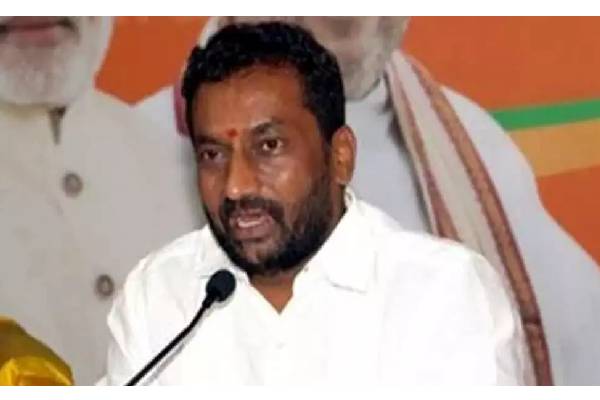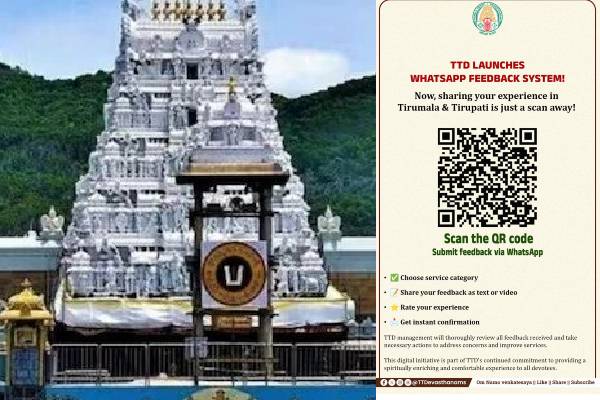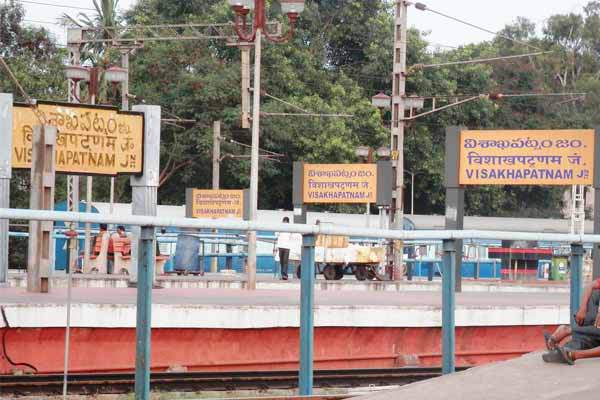Every year a train loaded with lots of hopes and optimism comes the way of the Telugus – and then whizzes past in a breeze leaving the Telugus fuming. Railway budget after Railway budget, this scene repeats for Telugus who continue to be at the receiving end of no-frills and no-thrills from the Railways Minister – we are just not there in the Railways Allocation except an occasional train here and there.This year, between the two states of Telugus, Andhra Pradesh had the most hopes when CM Naidu promised that Vishakapatnam will be made a Special Railways Zone – a demand that became active for over two decades. Many thought this was AP’s best chance to get the coveted special railways zone for Vizag which makes it even valuable and feasible for whole lot of industries related to the Railways to flourish. But Alas! There was no mention of anything connected to the Vizag Zone being made in Railways Budget – this reinforces one of the widely-held views that CM Chandrababu Naidu has not been vociferous when it comes to demanding things that can move the needle for AP. Surely, this is going to put spokes in the wheel of Naidu’s claims that the cycle of sops from the Center is up and running. It is not, here’s why.
For decades, the Orissa Government has been more than proactive in drumming up decibel levels in demanding the share of special benefits in Railways Budgets. The East Coast Railway Zone is one of its bigger achievements, making Bhubaneshwar the headquarters. The permission came up in 1996 but became operational in 2003 when the same BJP-led NDA government conceded to the noise made by Orissa (Odisha) politicians and it changed the economic potential of the region with vast linkages upto Kolkata and the northern coast of AP. Because of a number of smaller cities in the Eastern Coast, Bhubaneshwar developed far better than the other divisions within the zone – Khurda Road, Vizag (Waltair) and Sambalpur. Despite the East Coast Zone (ECZ) encompassing the three states of AP, Chatisgarh and Odisha, most of the major stations fall in the state of Odisha which is attributed to the partisan approach of the Odisha government in encouraging stations from their own state while the Vizag division has only Palasa, Vishakapatnam and Vizianagaram. In spite of this, the Waltair Division earns more revenue (Rs.6265 crore) than any other division like Guntur (Rs.500 crore) and Vijayawada (Rs.3200 crore). This clearly puts Vizag in an advantageous position to deserve a special zone – the advantages of connectivity by air, sea and land make it an enviable choice for awarding a zone status but thanks to the politicians in Odisha, there is a systematic effort to hoodwink AP time and again. This time, the ensuing elections in Odisha must be the main reason to browbeat Vizag yet again for a ubiquitous choice.
Unlike the many smart politicians from neighbouring states, Andhra politicians do not recognize the solid importance of adding more route kilometres to the railway network as well as fighting for special zones which can be a game-changer to economic revolution in a city that is on the verge of becoming a megapolis like Vizag. Despite a 70-page report being prepared to study the feasibility of Vizag and the availability of over 780 acres to create the special zone, AP will have to wait one year to know if it will get a special zone in the ever-growing network of the Indian Railways which is the nation’s biggest employer (of over 1.8 million people). After the bifurcation of the state, South Central Railway (Secunderabad) automatically benefits the state of Telangana which has its own spin-off benefits besides spawning a host of micro-and-big industries in Railway repairs, wagon-making, freight corridors, rolling stock production, electrification and eventually inter-city networks. For example, the South Central Railways Zone Secunderabad was mainly responsible in lifting an entire arch of cities around the twin cities into a stratosphere of growth besides developing some public-private partnerships in railway signaling systems and other capability-producing companies around Hyderabad. Most of the Railway Zones in Kolkata, Mumbai, Chennai and Hyderabad have led to massive investments in suburban systems including a 101.65 km multi-modal transport in Hyderabad and later the Metro Rail. Apart from the zone, the benefits from adding kilometres clearly lies with the States who lobbied hard for more route kilometres of rail track. Take the top three states which have the highest route kilometres of rail track are UP, Maharashtra and Tamil Nadu – which automatically correlates with the prosperity of the regions. The next three states which boast of more route kilometres than any other state in India are Gujarat, Rajasthan and Madhya Pradesh which lead the country in tourism and industrialization in one way or the other. The only saving grace for AP in this regard is the announcement pertaining to the three Dedicated Freight Corridors of which two routes pass via AP – Kharagpur – Vijayawada Corridor where (600 kms in AP) and Delhi – Chennai Corridor and Kharagpur – Mumbai (together around 500 kms). This may pump-prime some investments into the State; a dedicated freight corridor can become a magnet for investments around the corridor span. This can expand the benefits earlier accruing to the electrification of lines from Kharagpur – Vishakhpatnam but a Railway Zone has its own power and potential to make Eastern AP a hub for massive outlays in public spending.
To summarise, Naidu has to be meticulous in fighting for what the state deserves instead of pussy-footing around demands that go nowhere. For BJP, all it mattered is about winning prospective elections in Odisha or Uttar Pradesh; its time Naidu made BJP realise the timely importance of giving AP due where it deserves most. All eyes are now on the Union Budget whether any announcements for the Special Status on AP are coming or not.


































